Module 2.2: Rocks (Sedimentary)
1/69
There's no tags or description
Looks like no tags are added yet.
Name | Mastery | Learn | Test | Matching | Spaced |
|---|
No study sessions yet.
70 Terms
Sediment
An accumulation of loose mineral grains or very small fragments of rocks, such as boulders, pebbles, sand, silt, or mud, that are not cemented together
Sedimentary rocks
Rocks that form either by cementing together rock fragments or by precipitation of mineral crystals out of water solutions
Weathering
Process that fractures and dissolves the rock, creating sediment and dissolved components
Mechanical weathering
Physical disintegration of breaking up rock into smaller pieces
Frost wedging
Type of mechanical weathering where water seeps into cracks of rocks, which freezes and expands, and then exerts pressure and causes rocks to break apart
Thermal expansion
Type of mechanical weathering that involves the expansion of solid materials when heated
Exfoliation
Type of mechanical weathering where water erodes rocks in parallel layers due to pressure release
Chemical weathering
Type of weathering that alters a rock’s chemistry, changing it into different substances
Dissolution/hydrolysis
Type of chemical weathering which involves the breakdown of rocks and minerals through their interaction with water and acidic substances
Dissolution/hydrolysis
Type of chemical weathering that turns plagioclase into kaolin
Oxidation
Type of chemical weathering which involves minerals, particularly those containing iron, react with oxygen in the presence of water
Oxidation
Type of chemical weathering that turns pyroxene into hematite
Erosion
Process that carries away the products of weathering as it moves rock or soil particles
Comes from an old word meaning “eat away”
Gravity, ice, organism, water, and wind
The five agents of erosion
Sediment transport
The movement of sediment particles as they get deposited in other areas
Ice, water, and wind
The three agents of sediment transport
Suspension
Sediment transport that involves fine particles carried within the fluid
Saltation
Sediment transport that refers to the bouncing motion of medium-sized particles
Traction
Sediment transport that involves the rolling or sliding of large particles along the bed
Poorly sorted to well sorted
In clast sorting, short distance and long distance means?
Angular to rounded
In clast roundness and sphericity, short distance and long distance means?
Deposition
Process that accumulates sediments from large source regions
Higher energy environments
In terms of deposition, larger sediments are deposited where?
Diagenesis
Process of transforming sediments into rocks through physical, chemical, and biological processes
Modification of the texture and mineralogy of the rock
Compaction
A diagenetic process wherein sediments are squeezed together due to the weight of overlying layers
This leads to decrease in porosity but an increase in density
Cementation
A diagenetic process wherein minerals precipitate from fluids within the pore spaces of sediments, binding the grains together
Further reduces porosity and increases the cohesion of the sediment
Detrital or clastic
Sedimentary rocks consisting of cemented-together detritus derived from the weathering of pre-existing rock (detritus)
Non-detrital or chemical
Sedimentary rocks are made up of minerals that precipitate directly from water solution (chemical sediment)
Breccia
Detrital sedimentary rocks with grain size of 2mm or greater, and have clasts that are angular
Breccia
Identify the sedimentary rock
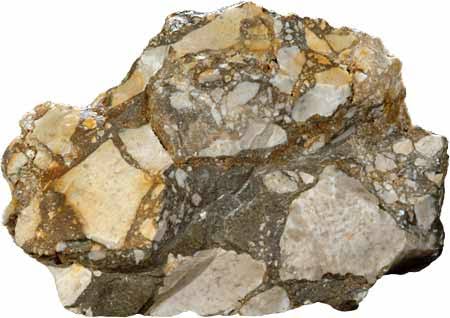
Breccia
Identify the sedimentary rock
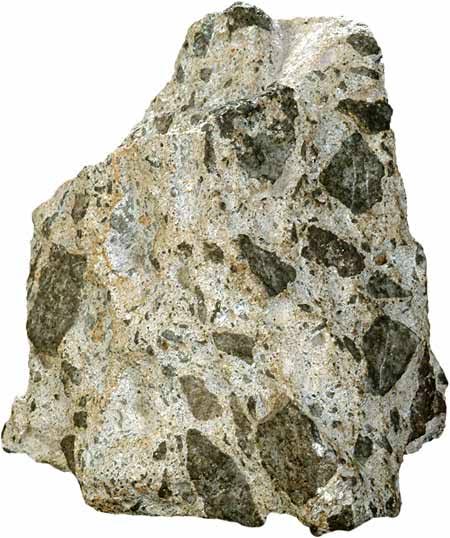
Conglomerate
Detrital sedimentary rocks with grain size of 2mm or greater, and have clasts that are rounded
Conglomerate
Identify the sedimentary rock
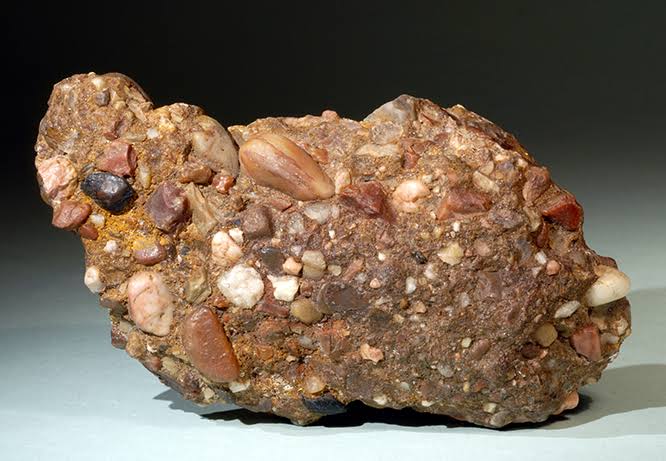
Conglomerate
Identify the sedimentary rock
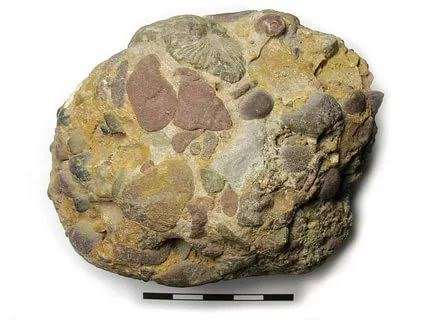
Sandstone
Detrital sedimentary rocks with grain size of 1/16mm to 2mm, classified according to the amount of minerals in the rock
Arkose sandstone
Sandstone with >25% feldspar
Quartz sandstone
Sandstone with >90% quartz
Lithic sandstone
Sandstone with >5% lithic fragments
Arkose sandstone
Identify the sedimentary rock
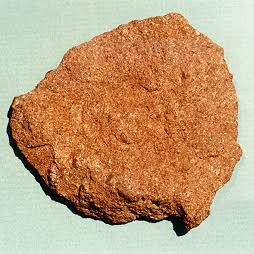
Arkose sandstone
Identify the sedimentary rock
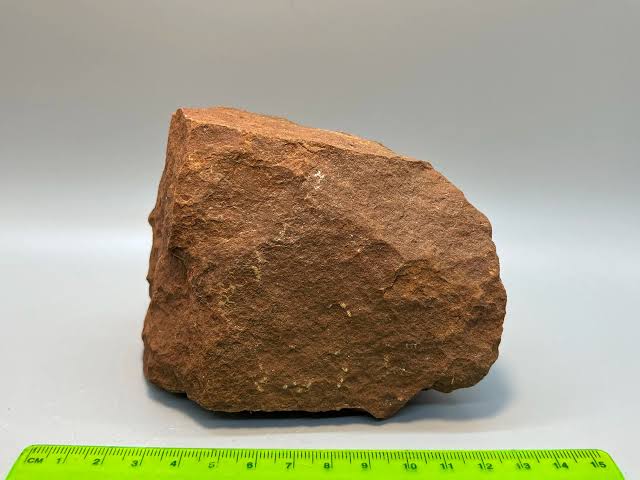
Quartz sandstone
Identify the sedimentary rock
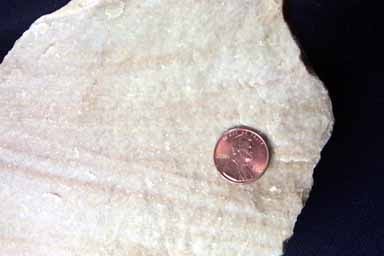
Quartz sandstone
Identify the sedimentary rock
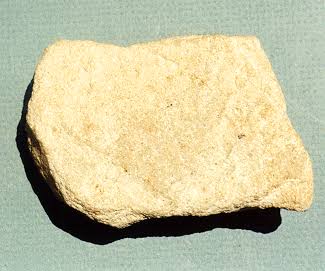
Lithic sandstone
Identify the sedimentary rock
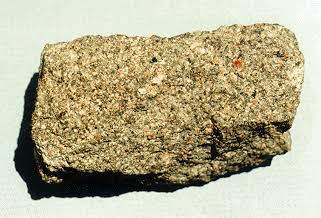
Lithic sandstone
Identify the sedimentary rock
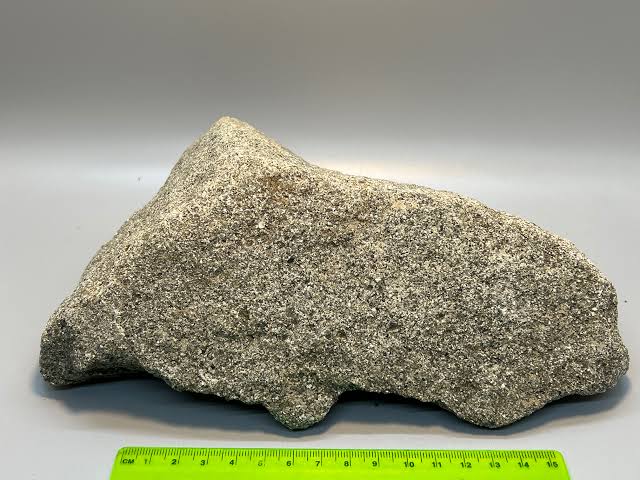
Siltstone
Detritral sedimentary rocks with grain size of 1/256 to 1/16mm
Siltstone
Identify the sedimentary rock
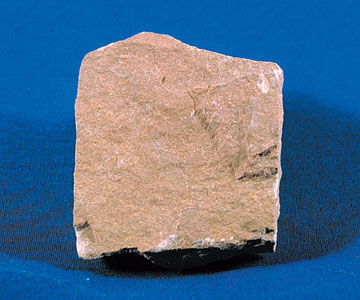
Siltstone
Identify the sedimentary rock
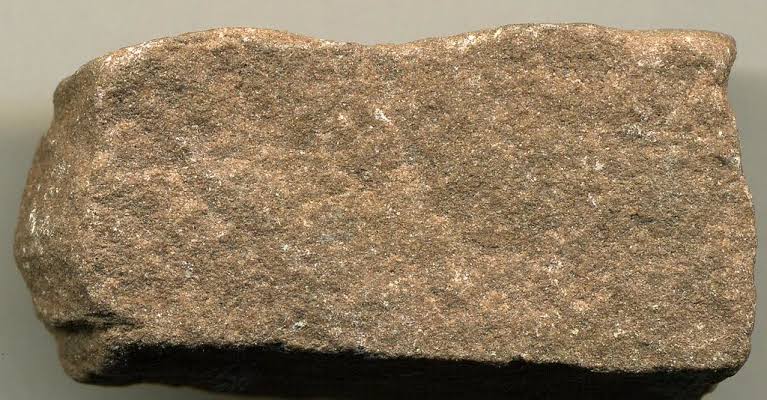
Claystone
Detritral sedimentary rocks with grain size less than or equal to 1/256mm
Claystone
Identify the sedimentary rock
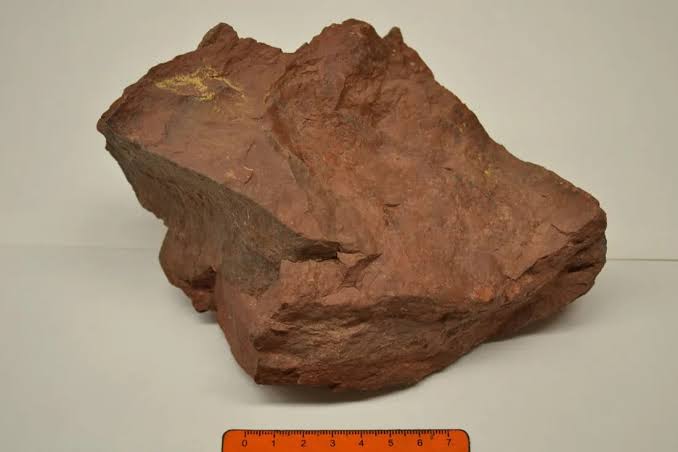
Claystone
Identify the sedimentary rock
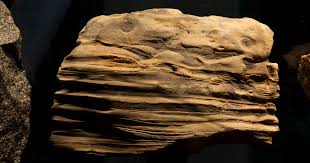
Limestone
Non-detrital sedimentary rocks made up of 90% biochemical sediment and 10% chemical
It is the most abundant sedimentary rock.
Limestone
Identify the sedimentary rock
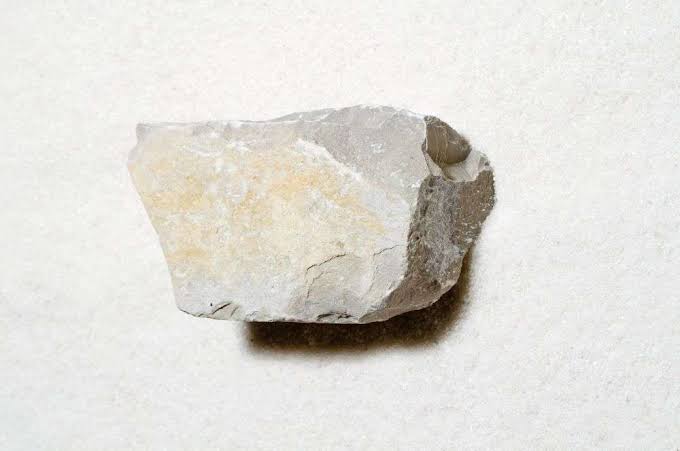
Limestone
Identify the sedimentary rock
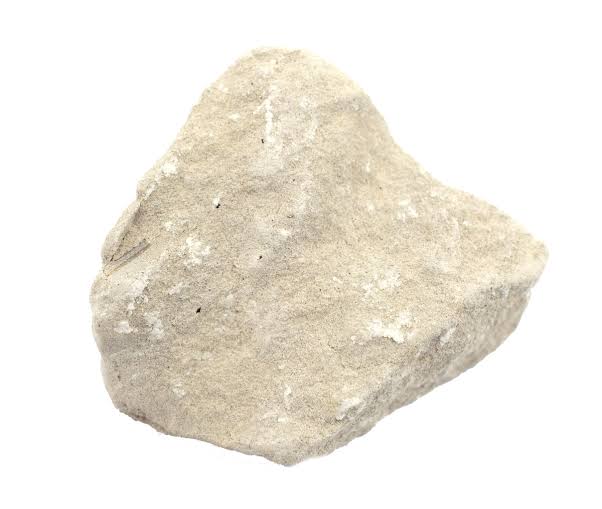
Coquina
Non-detrital sedimentary rock composed mostly or wholly of biochemical shells
Coquina
Identify the sedimentary rock
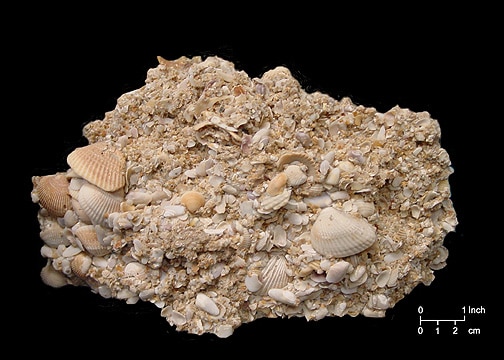
Coquina
Identify the sedimentary rock
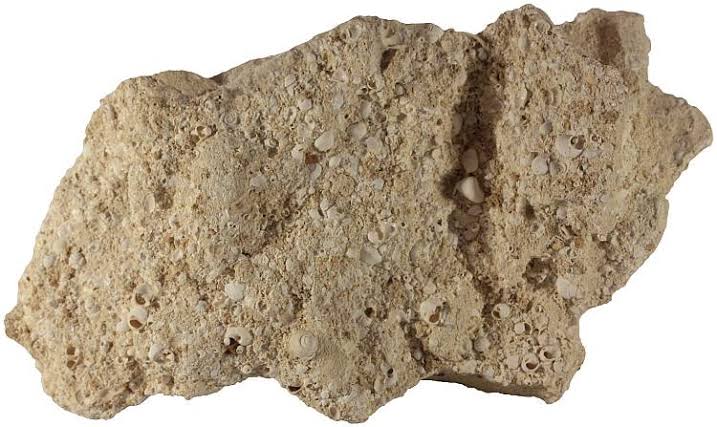
Chalk
Type of limestone which is more porous and is made almost of entirely hard parts of microscopic organisms
Chalk
Identify the sedimentary rock
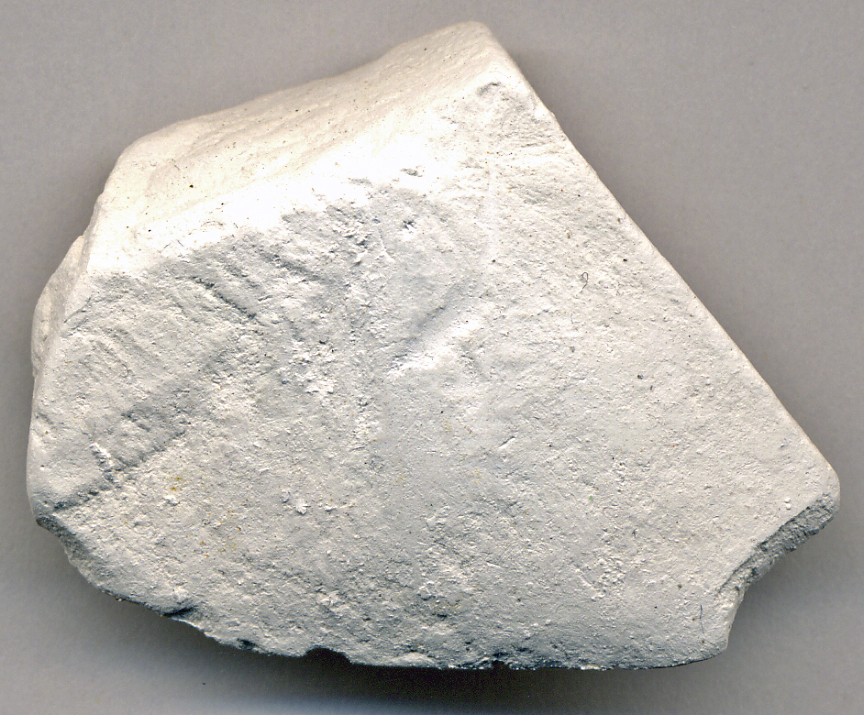
Chalk
Identify the sedimentary rock
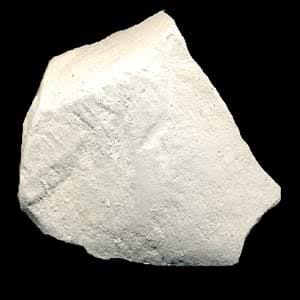
Chert
Non-detrital rock made up of a siliceous rock
Forms from the recrystallized skeletons of animals (single-celled radiolarians and glass sponges) or plants (diatoms, silicoflagellates)
Chert
Identify the sedimentary rock
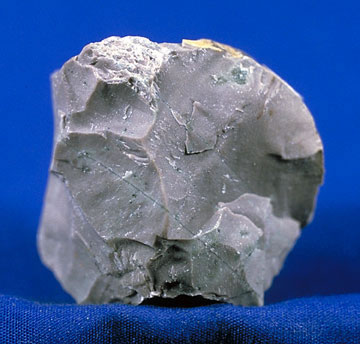
Chert
Identify the sedimentary rock
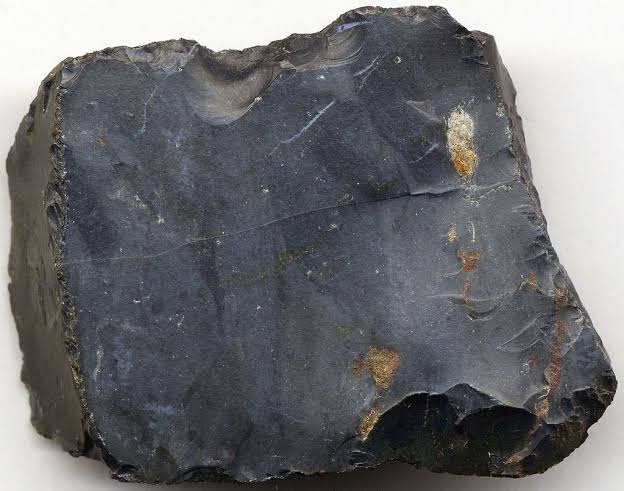
Rock salt (halite)
Non-detrital rock of fine to coarse crystals made up of salt (NaCl)
Formed through the drying of a lagoon which supersaturates and precipitates out
Rock salt (halite)
Identify the sedimentary rock
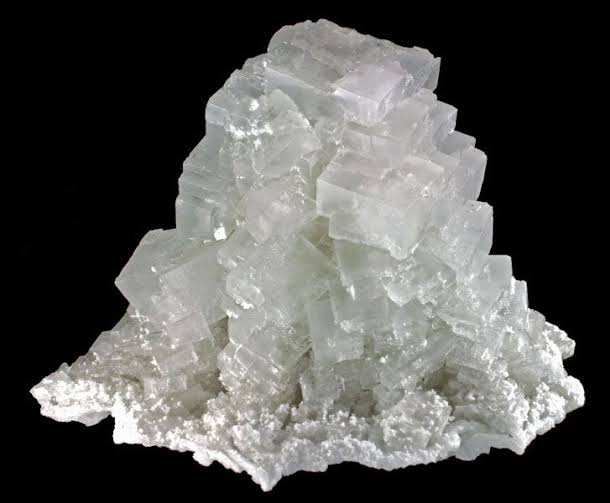
Rock gypsum
Non-detrital rock of fine to coarse crystals made up of hydrated calcium sulfate (CaSO4 . H2O)
Formed through the drying of a lagoon which supersaturates and precipitates out
Rock gypsum
Identify the sedimentary rock
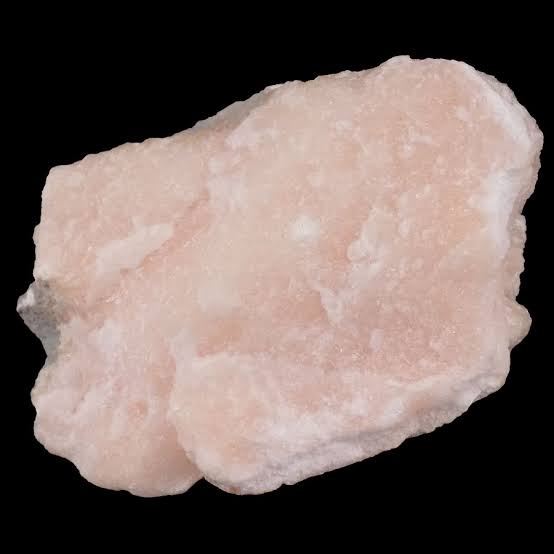
Peat and coal
Non-detrital sedimentary rocks of biochemical composition that come from plant remains
Commonly used in fossil fuel
Sandstones and shales
The clastic rocks that cause the formation of peat and coal
Lignite coal → Bituminous coal → Anthracite coal
The life cycle of anthracite
Anthracite
Hard, compact variety of coal with a high carbon content and submetallic luster